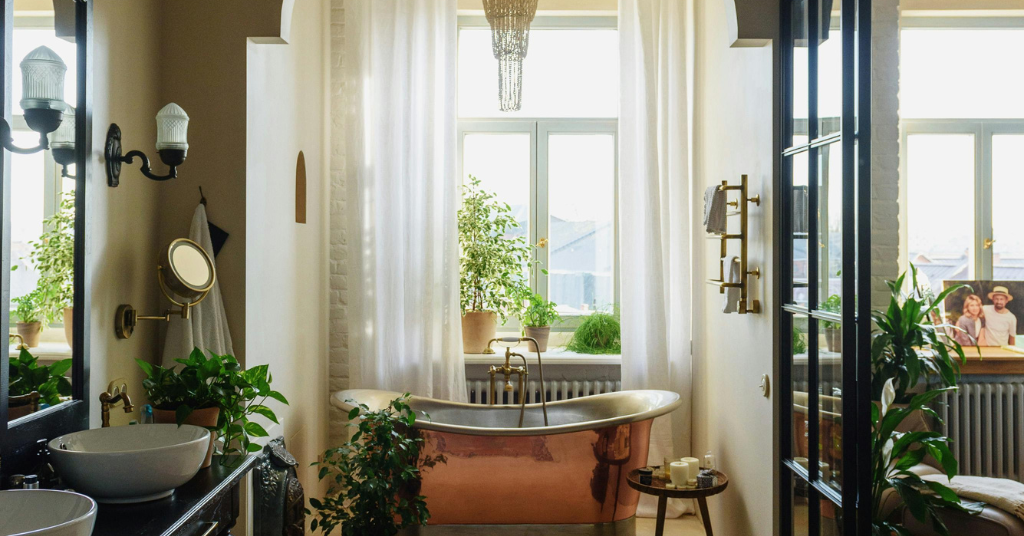In a world increasingly dominated by screens and urban landscapes, the concept of biophilic design offers a refreshing antidote. Biophilic design emphasizes the connection between people and nature, integrating natural elements into our living and working environments to enhance well-being and productivity. Whether you’re looking to transform your home or office, incorporating biophilic design principles can create spaces that are not only aesthetically pleasing but also beneficial for your mental and physical health. Here’s how you can bring nature into your home and office with biophilic design.
1.Incorporate natural light: Natural light is one of the simplest and most effective ways to connect with nature indoors. Exposure to natural light has been shown to improve mood, boost productivity, and regulate sleep patterns. To enhance natural light in your space:
– use large windows and glass doors: Maximize the amount of daylight entering your rooms by installing larger windows or glass doors.
– opt for skylights: If possible, add skylights to bring in light from above, creating a sense of openness.
– choose light-reflecting surfaces: Use reflective surfaces like mirrors and light-colored walls to amplify the natural light in your space.
- Add indoor plants: Indoor plants are a hallmark of biophilic design. They not only purify the air but also create a calming and inviting atmosphere. Here’s how to incorporate plants into your space:
– place potted plants: Position potted plants in various locations, such as on shelves, desks, and window sills.
– create a green wall: Install a vertical garden or living wall to make a dramatic statement and maximize green space in smaller areas.
– use low-maintenance plants: Choose plants that are easy to care for, such as snake plants, pothos, or succulents, especially if you’re new to indoor gardening.
- Use natural materials: Natural materials can create a sense of warmth and authenticity in your home or office. Incorporate materials such as:
– wood: Use wood for flooring, furniture, or wall panels. It adds texture and a natural touch.
– stone: Incorporate stone elements like countertops or accent walls to bring a sense of grounding and stability.
– natural fibers: Opt for textiles made from natural fibers like cotton, wool, or bamboo for upholstery, rugs, and curtains.
- Incorporate natural shapes and patterns: Design elements that mimic natural forms can also enhance biophilic design. Consider using:
– organic shapes: Choose furniture and décor with organic, flowing shapes rather than rigid, geometric lines.
– nature-inspired patterns: Use textiles, wallpapers, and rugs with patterns inspired by nature, such as leaves, flowers, or waves.




